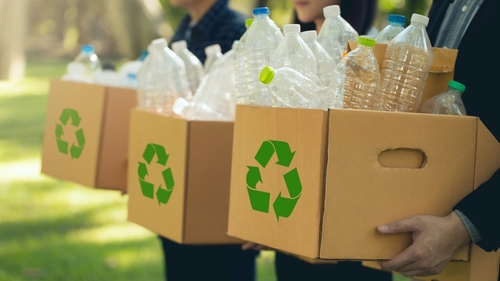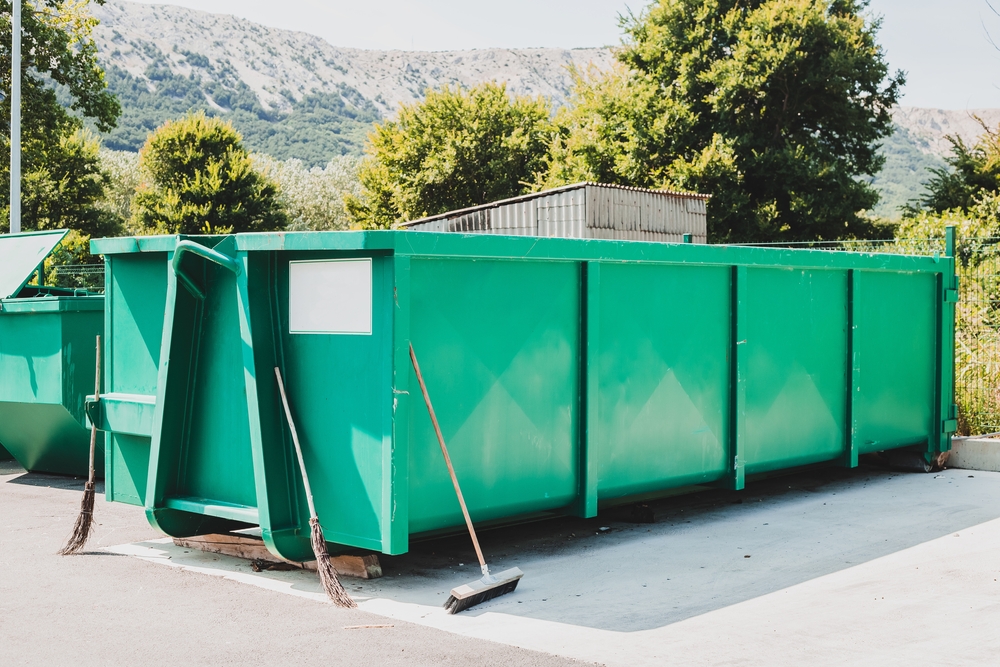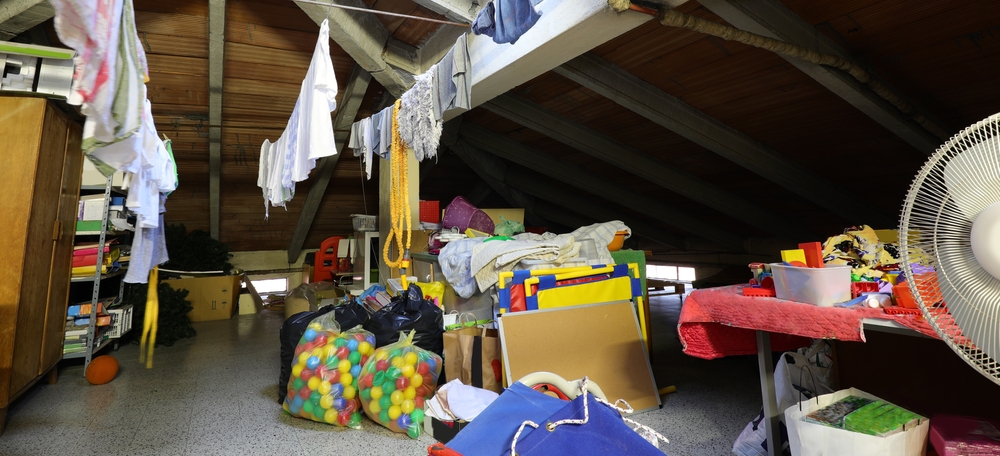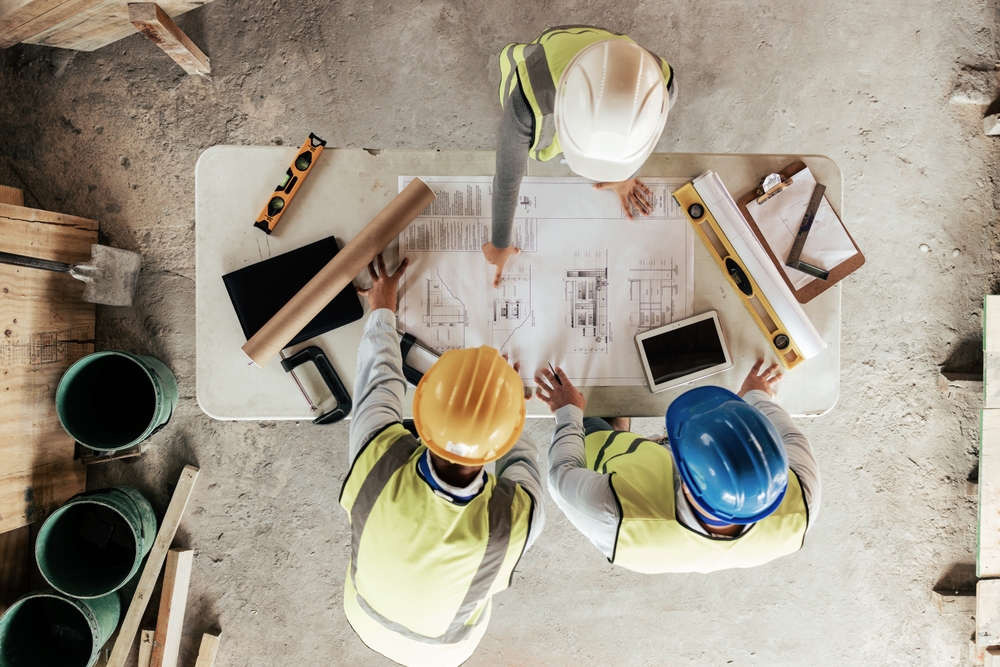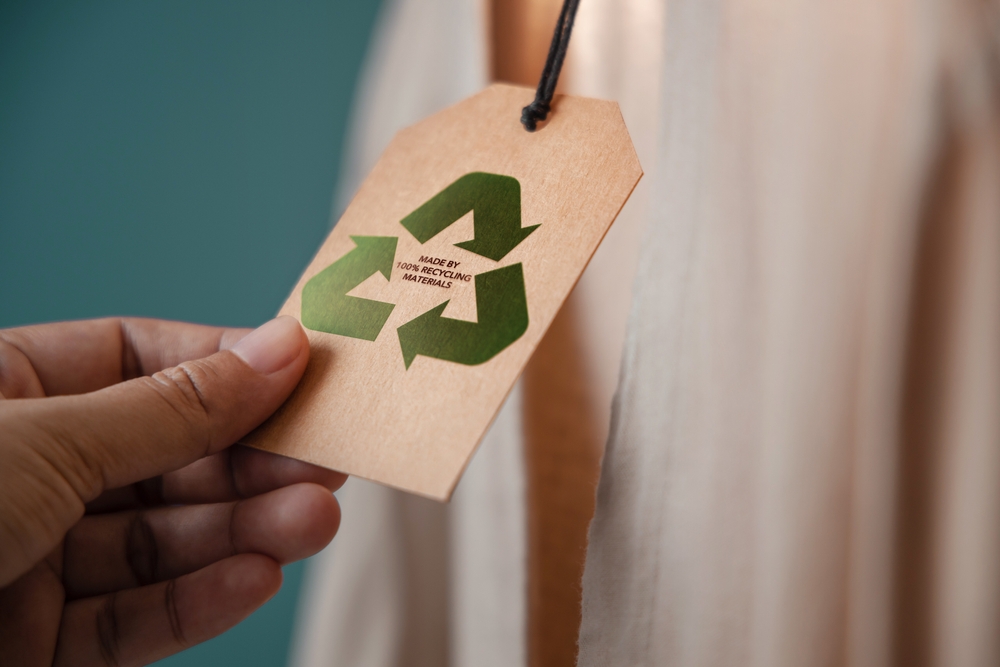July 1, 2024 - Benjamin Ehinger
The Lifecycle of a Recycled Product: From Waste to Resource
CALL NOW 844-762-8449
Have you ever wondered what happens to a product after you drop it into the recycling bin? Understanding the lifecycle of a recycled product is essential for recognizing the environmental impact and sustainability of our daily choices. By following the journey from design to disposal, you can gain a clear picture of how recycled materials are transformed and reused in manufacturing new items.
The process begins long before items enter your recycling bin. Products are often designed with recycling in mind to make the material recovery process more efficient. After collection, items are sorted and processed to separate different materials, such as metals, plastics, and paper. Each material follows its own path to be cleaned, treated, and transformed into usable forms.
The final stage of a recycled product’s lifecycle plays a crucial role in sustainable development. Incorporating recycled materials in manufacturing helps reduce the demand for raw resources and minimizes environmental impact. Companies and consumers alike benefit from participating in a circular economy that promotes resource efficiency and reduces waste.
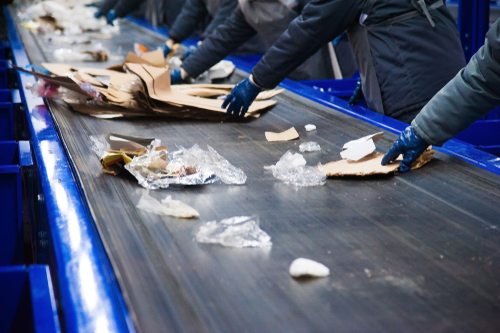 Proper collection and sorting of recyclable materials are crucial for efficient recycling and high-quality end products. This stage directly impacts waste stream management, reduces pollution, and prevents contamination.
Proper collection and sorting of recyclable materials are crucial for efficient recycling and high-quality end products. This stage directly impacts waste stream management, reduces pollution, and prevents contamination.
 Recycled materials play a crucial role in making manufacturing more sustainable and cost-effective. They help reduce reliance on virgin materials and can meet the quality requirements for a variety of applications.
Recycled materials play a crucial role in making manufacturing more sustainable and cost-effective. They help reduce reliance on virgin materials and can meet the quality requirements for a variety of applications.
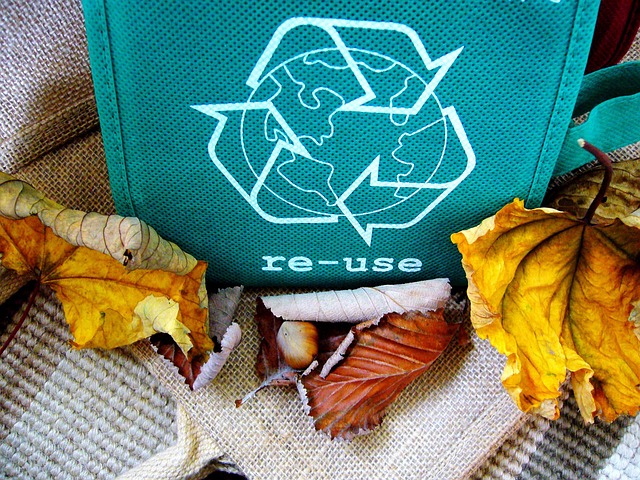 Effective recycling faces numerous challenges but also offers significant opportunities for improvement. Addressing technical barriers and providing economic incentives are critical to increasing recycling rates and supporting sustainable development.
Effective recycling faces numerous challenges but also offers significant opportunities for improvement. Addressing technical barriers and providing economic incentives are critical to increasing recycling rates and supporting sustainable development.
Key Takeaways
- The lifecycle of a recycled product starts with design and ends with end-of-life management.
- Efficient collection, sorting, and processing are crucial for maximizing material recovery.
- Using recycled materials in manufacturing supports sustainable development and reduces environmental impact.
The Importance of Recycling
Recycling is essential for protecting the environment and conserving valuable resources. It plays a significant role in reducing waste, minimizing greenhouse gas emissions, and promoting sustainable resource management.Benefits to the Environment
Recycling helps to reduce environmental pollution by decreasing the amount of waste sent to landfills. Landfills produce harmful gases like methane, which contribute to climate change. By recycling, you can significantly cut down on these emissions. According to the US EPA, a single year of recycling activities in the United States accounted for substantial job creation and economic benefits. Additionally, recycling conserves natural habitats by reducing the need for raw material extraction. This can help preserve biodiversity and protect ecosystems from destruction. For example, recycling aluminum reduces the need for bauxite mining, which can devastate landscapes and ecosystems.Conservation of Resources
Recycling is instrumental in conserving finite resources. Materials like metals, plastics, and paper can be reprocessed and reused multiple times, significantly lowering the demand for virgin resources. This conservation is crucial for maintaining the planet’s sustainability. For instance, recycling one ton of paper can save 17 trees and 7,000 gallons of water. Similarly, recycling plastics reduces the need for petroleum, a non-renewable resource. The circular economy model emphasizes reducing, reusing, and recycling materials to create a more sustainable and resource-efficient world. By participating in recycling programs, you contribute to a more efficient waste management system, reducing the overall environmental impact and promoting a sustainable future.Design for Recycling
Designing for recycling involves creating products with end-of-life disposal in mind, aiming to minimize waste and improve sustainability. This can be achieved by incorporating recyclable materials and employing lifecycle design strategies.Incorporating Recyclable Materials
Incorporating recyclable materials into your products is crucial for reducing environmental impact. By using materials that can be easily separated and reprocessed, you enhance the eco-design of products. For instance, many companies are focusing on using single-material components, which makes recycling more straightforward. Choosing materials such as aluminum, glass, and certain plastics can significantly affect recyclability. These materials are not only easier to recycle but also retain their properties after multiple recycling processes. It’s important to use these sustainable materials across your product range to ensure consistency in recyclability. Another important aspect is labeling. Clear and accurate labeling on products informs consumers about the recyclability of materials, enhancing the effectiveness of recycling programs. This practice helps prevent contamination and ensures that recyclable materials are properly sorted and processed.Lifecycle Design Strategies
Employing lifecycle design strategies means considering the entire life span of a product from the very beginning. You should aim to create products that are durable, repairable, and designed for disassembly. This life cycle approach ensures that products do not become waste prematurely and can be effectively recycled at the end of their use. Designing products so that they can be easily disassembled allows each component to be recycled independently. Use standard fasteners and avoid permanent adhesives to make disassembly easier. This approach not only simplifies recycling but also encourages the reuse of components. Additionally, lifecycle design involves considering the environmental impact at each stage of a product’s life, from raw material extraction to disposal. By evaluating and optimizing each phase, you create more sustainable products that meet eco-design criteria and contribute to a circular economy.Collection and Sorting
 Proper collection and sorting of recyclable materials are crucial for efficient recycling and high-quality end products. This stage directly impacts waste stream management, reduces pollution, and prevents contamination.
Proper collection and sorting of recyclable materials are crucial for efficient recycling and high-quality end products. This stage directly impacts waste stream management, reduces pollution, and prevents contamination.
Methods and Efficiency
Collection methods vary significantly based on region and type of material. Curbside collection programs are common in many urban areas, allowing households to separate recyclables from general waste. In some places, dedicated drop-off centers or reverse vending machines are used to encourage recycling. Efficiency in sorting begins with consumers correctly separating waste. Automated systems in sorting facilities use technologies such as optical sorters, magnets, and air classifiers to further segregate materials. These systems can quickly distinguish between types of plastics, metals, and other recyclables based on their physical properties, increasing the overall efficiency of the recycling process.Challenges in Sorting
Sorting poses several challenges that impact the recycling process. One major issue is contamination, where non-recyclable materials mix with recyclables, making it difficult to process the materials. For example, food residue on recyclable packaging can hinder the quality of the recycled product. Another challenge is the complexity of sorting mixed materials. Items composed of multiple types of materials, such as laminated or multilayer packaging, are harder to separate, requiring advanced sorting technology. Additionally, public awareness and participation play a significant role; without proper education on what can and cannot be recycled, contamination rates remain high, complicating the sorting process. Effective sorting is therefore critical to maintaining a clean and efficient waste stream, reducing pollution, and enabling the production of high-quality recycled goods.Recycling Processes
Recycling involves various methods to transform discarded materials back into usable forms, focusing primarily on mechanical and chemical processes. Each of these methods has its own energy requirements and impact on material quality.Mechanical vs Chemical
Mechanical recycling primarily deals with physically breaking down products into their base materials. This is common for plastics where materials are shredded, washed, and re-molded into new products. You’ll find it is generally a cost-effective method. However, one limitation is the reduced quality of the material over successive cycles. Chemical recycling utilizes chemical processes to break materials down to their molecular components. This method can handle more complex waste streams. For example, it can convert certain plastics back into their original monomers, which can then be used to produce new, high-quality plastics. Although more versatile, chemical recycling tends to be more expensive and energy-intensive compared to mechanical methods.Energy Requirements for Recycling
Mechanical recycling typically requires less energy. For instance, shredding and melting down existing materials consumes significantly less power. This makes it a preferred method in terms of energy efficiency. Chemical recycling, in contrast, requires more energy due to steps like depolymerization. These processes often involve high temperatures and specialized chemicals. The energy consumption can be justified by the ability to reclaim high-quality materials which may not be feasible with mechanical methods. Consequently, while more energy-intensive, chemical recycling can produce purer recycled materials suitable for a wider range of applications. Both methods play essential roles in a sustainable recycling ecosystem, balancing quality and energy use to best suit different types of materials and recycling needs.The Role of Recycled Materials in Manufacturing
 Recycled materials play a crucial role in making manufacturing more sustainable and cost-effective. They help reduce reliance on virgin materials and can meet the quality requirements for a variety of applications.
Recycled materials play a crucial role in making manufacturing more sustainable and cost-effective. They help reduce reliance on virgin materials and can meet the quality requirements for a variety of applications.
Substituting Virgin Materials
Using recycled materials enables manufacturers to decrease their dependence on virgin materials. This substitution not only mitigates the extraction of new natural resources but also lowers energy consumption. For instance, manufacturing products from recycled aluminum can save up to 95% of the energy required to produce the same amount of aluminum from raw bauxite. Incorporating recycled plastics into production processes is increasing in popularity due to their availability and environmental benefits. The use of recycled materials also helps companies meet regulatory requirements and corporate sustainability goals, enhancing their market reputation. While some materials, like paper and glass, have well-established recycling processes, others, such as certain plastics, still face challenges regarding the quality and consistency needed for manufacturing.Quality and Application
Ensuring that recycled materials meet high-quality standards is essential for their use in manufacturing. Quality control processes are vital to ensure that the materials do not adversely affect the final product. Recycled materials must be clean and free of contaminants to be suitable for production. Some companies focus on delivering high-quality recyclable commodities. Applications for recycled materials are diverse: they can be used to manufacture products ranging from simple packaging to complex automotive parts. Additionally, innovations in material science are continually improving the quality and usability of recycled products, making them more versatile and reliable for various industrial applications. One example is carpets manufactured with fibers from recycled plastics, which demonstrate the extensive potential of recyclable materials.Lifecycle Assessment and Indicators
A Lifecycle Assessment (LCA) evaluates the environmental impacts associated with all stages of a product’s life, from raw material extraction to disposal. These assessments use specific indicators to measure various effects on the environment, such as the carbon footprint and other environmental footprints.Measuring Environmental Benefits
Indicators play a crucial role in LCAs by providing quantifiable data on environmental impacts. Key indicators include the carbon footprint, which measures greenhouse gas emissions, and other environmental footprints like water and soil toxicity. The carbon footprint evaluates the total greenhouse gases emitted throughout the product’s lifecycle. By assessing these emissions, you can identify stages with the highest impacts and target them for improvement, ultimately reducing the product’s overall environmental burden. Furthermore, the LCA process also looks at water usage and soil health. These footprints measure the lifecycle impact on natural resources. Reducing water and soil toxicity can help develop more sustainable products. For more detailed insights, consider reviewing guides like KPMG’s Life Cycle Assessment Guide. This guide sheds light on the importance of cradle-to-cradle assessments, promoting circularity and material reuse.End-of-Life Management
Managing the end-of-life phase of a product is crucial for effective waste reduction and sustainability. Key considerations include the method of disposal—such as recycling, incineration, or landfill—and strategies for extending the product’s life to minimize environmental impact.Recycling vs Incineration vs Landfill
When a product reaches the end of its useful life, it often faces three primary disposal options: recycling, incineration, and landfill.- Recycling involves reprocessing materials to create new products. This method is highly valued because it reduces waste, conserves natural resources, and decreases greenhouse gas emissions. For instance, recycling plastics helps in reducing the 70% loss of recycled plastic mentioned in some processes.
- Incineration involves burning waste at high temperatures. It reduces the volume of waste needing landfill space but can produce harmful emissions if not managed correctly. While it can generate energy, it also destructs potentially recyclable materials.
- Landfill is the least preferred method due to long-term environmental impacts. Decomposing waste in landfills can produce methane, a potent greenhouse gas. Additionally, landfills occupy valuable land space and can contaminate local water sources.
Extending Product Life
Extending the lifecycle of a product can significantly decrease the frequency of disposal and reduce overall waste.- Repair and Maintenance: Regular maintenance and timely repairs can prolong a product’s life. Encouraging consumers to fix rather than discard damaged items plays a vital role in sustainability practices.
- Reusing and Repurposing: Finding new uses for old products reduces the need for new resources. For example, companies might adopt the cascade use methodology, which looks for innovative ways to extend a product’s functionality.
- Design for Longevity: Products designed with durable materials and modular components tend to last longer. This approach encourages a more sustainable consumption cycle.
Challenges and Opportunities in Recycling
 Effective recycling faces numerous challenges but also offers significant opportunities for improvement. Addressing technical barriers and providing economic incentives are critical to increasing recycling rates and supporting sustainable development.
Effective recycling faces numerous challenges but also offers significant opportunities for improvement. Addressing technical barriers and providing economic incentives are critical to increasing recycling rates and supporting sustainable development.
Overcoming Technical Barriers
Recycling plastic waste involves complicated processes and diverse material types. Mixed plastic waste, particularly multi-layer plastics, complicates sorting and reprocessing, making it crucial to adopt advanced technologies. Techniques like chemical recycling and mechanical recycling are essential in effectively recycling different plastics. Contaminants also pose a significant challenge. Removing impurities ensures the quality and safety of recycled products, thus increasing their usability in new applications. Developing robust protocols for sorting, collection, and processing can mitigate contamination issues. Investing in technological advancements will enhance the efficiency of recycling procedures. Innovations can streamline identification and separation of various plastic resins, supporting the goals of the circular economy.Economic Incentives for Improvement
Economic incentives play a vital role in improving recycling rates. Financial benefits encourage both industries and consumers to participate in recycling programs. Implementing policies that provide tax reductions or subsidies for recycling can significantly boost participation. Governments can support recycling initiatives through the Green Deal, which aligns economic growth with environmental sustainability. Investing in sustainable development and securing supply chains of key materials can encourage industries to adopt more efficient recycling practices. Creating a market for recycled products can also drive demand. Industries need encouragement to use recycled materials, which will lead to a decrease in plastic pollution and an increase in the overall recycling rate.Frequently Asked Questions
Understanding the life cycle of a recycled product helps tackle environmental issues efficiently. Specific processes like recycling bottles and conducting life cycle assessments highlight the environmental benefits of recycling compared to other waste management practices.What are the stages in the life cycle of a recycled bottle?
The life cycle of a recycled bottle typically includes collection, sorting, cleaning, processing into raw material, and remanufacturing into a new bottle. Each stage plays a critical role in reducing overall waste and conserving resources.How does product life cycle sustainability impact environmental conservation?
Product life cycle sustainability reduces waste, conserves natural resources, and lowers greenhouse gas emissions. Sustainable practices during each stage—from production to disposal—contribute to long-term environmental conservation.Can you provide an example of a life cycle analysis for a commonly recycled product?
A life cycle analysis for an aluminum can includes extraction of raw materials, production, usage, disposal, and recycling. Recycling one ton of aluminum cans conserves more than 152 million Btu, equivalent to 1,024 gallons of gasoline, showcasing the significant energy savings.What processes are involved in the recycling cycle for materials like plastic, glass, or paper?
The recycling cycle for materials like plastic, glass, and paper involves collection, sorting, cleaning, and transforming these materials into new products. For plastic, this might include shredding and melting; for glass, it involves crushing and remelting; for paper, it involves pulping and reforming sheets.How does recycling compare to other waste management practices in terms of environmental benefits?
Recycling often presents greater environmental benefits compared to other waste management practices. It reduces landfill use, lowers energy consumption, and minimizes the need for raw material extraction, as highlighted on the EPA’s frequent questions on recycling.Which processes are assessed during a life cycle assessment of a product?
A life cycle assessment evaluates processes such as raw material extraction, manufacturing, distribution, usage, and disposal. This comprehensive assessment, as detailed in the EPA’s Waste Reduction Model, helps quantify the environmental impact of a product.RECENT BLOGS
Our Reviews
glenda prowell
1719860540
Louiner made it easy to make arrangements to have a dumpster put in my driveway. He was able to answer all my questions and made the entire process simple.
Tyler Floyd
1719520303
Incredible customer service, very informative
Natalie Davidson
1719440638
Heather provided the best customer service that I have received in a very long time. She was knowledgeable, informative without being pushy, friendly and efficient. I really appreciated all of her help.
Glenda Lanier Prowell
1719241850
I have ordered an 11 yard dumpster to be delivered to my house.Lonier was extremely helpful and answered all my questions. The rate was very reasonable.
debbie Craton
1718740650
Heather was SUPER friendly and worked with me to get me whst I needed.I am very glad I called Waste Removal
